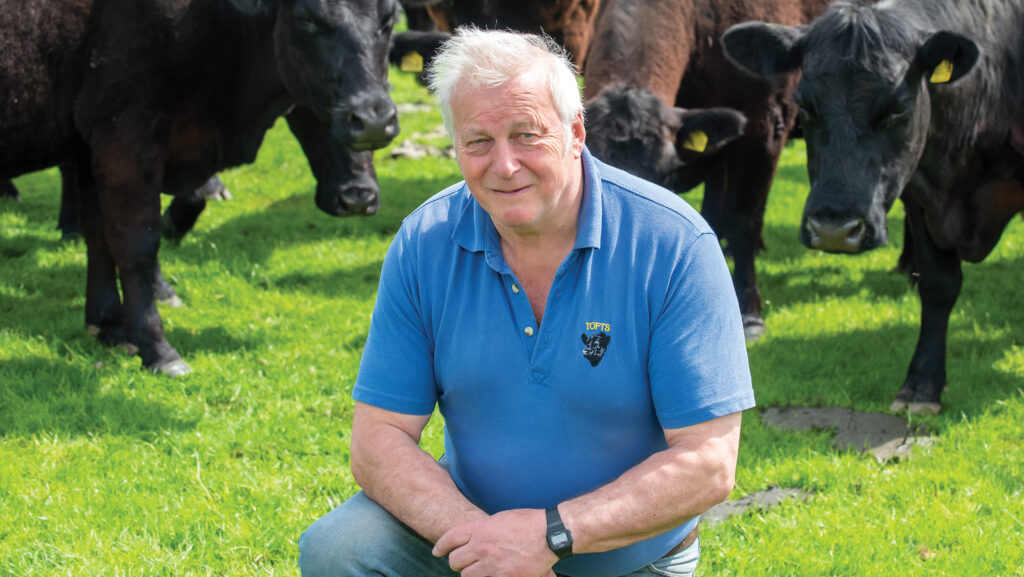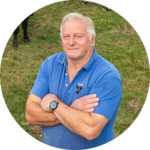Farmer Focus: Rejected heifers appear to show a trend
 James Playfair-Hannay
© Angus Findlay
James Playfair-Hannay
© Angus Findlay Exciting times ahead? We have welcomed two new members of staff to the team. Both of them have livestock and tractor/machinery experience, and we hope they will enjoy their new roles.
All being well, these appointments will enable me to spend more time in the office, as the burden of paper and computer work is ever growing.
Our spring crops were sown late and will not produce record-breaking yields, but winter-sown crops look fantastic at this stage.
See also: Heavy showers crush farmer’s hopes of late spring plantings
With any luck, some warmth will come and all the moisture that we have had will give better-than-expected results.
Some silage has been made and kale has been sown for winter feed for the sheep. Grass is looking good for grazing livestock and hay.
Yearling bulls have been semen tested and are now heading for pastures new to work. So far, sales have been encouraging with 19 of the 34 bulls already sold.
Yearling heifers have been pelvic measured – 87 out of 108 were deemed suitable to join the herd.
Interestingly, patterns are beginning to emerge. The ones rejected often come from certain cow families and sire lines.
Myostatin appears to be linked with females with narrow pelvises and bulls with poorer fertility. Together with our vet, we do not want difficult calvings, and certainly not caesareans.
For several years now, we have used New Zealand and Australian Angus genetics.
We find that these bloodlines give us calvings that don’t require human assistance, sufficient growth to produce 300-plus kg carcasses at 18 months of age from forage and, probably most importantly of all, structural soundness.
We are still striving for 100 live calves out of 100 cows put to the bull. It is always good to have targets.
Visiting Scotsheep recently brought back memories of us hosting the event in 1983.
Once a relatively small event, Scotsheep is now an enormous trade show. It was great to see so many people from all over the UK and catch up with friends and business associates.
A lot has changed in the intervening 41 years. However, what hasn’t changed is that hosting events like this really applies the pressure to show the farm at its best.
Full marks to the Hamilton family, as their farm looked tremendous.

